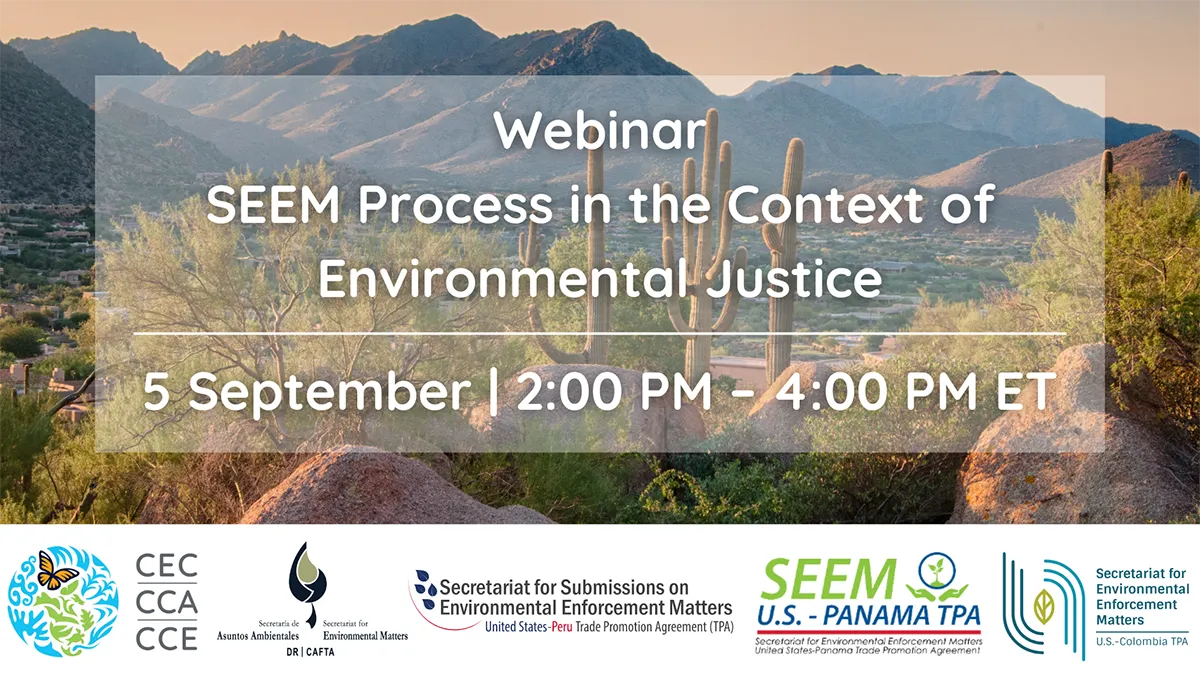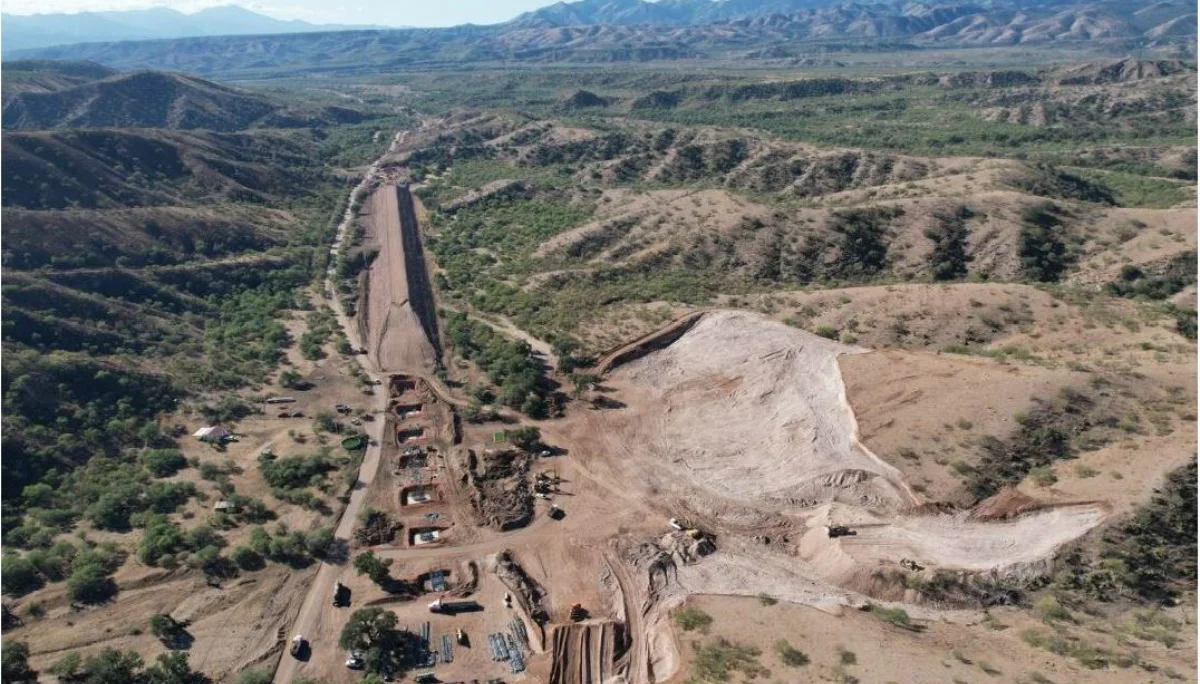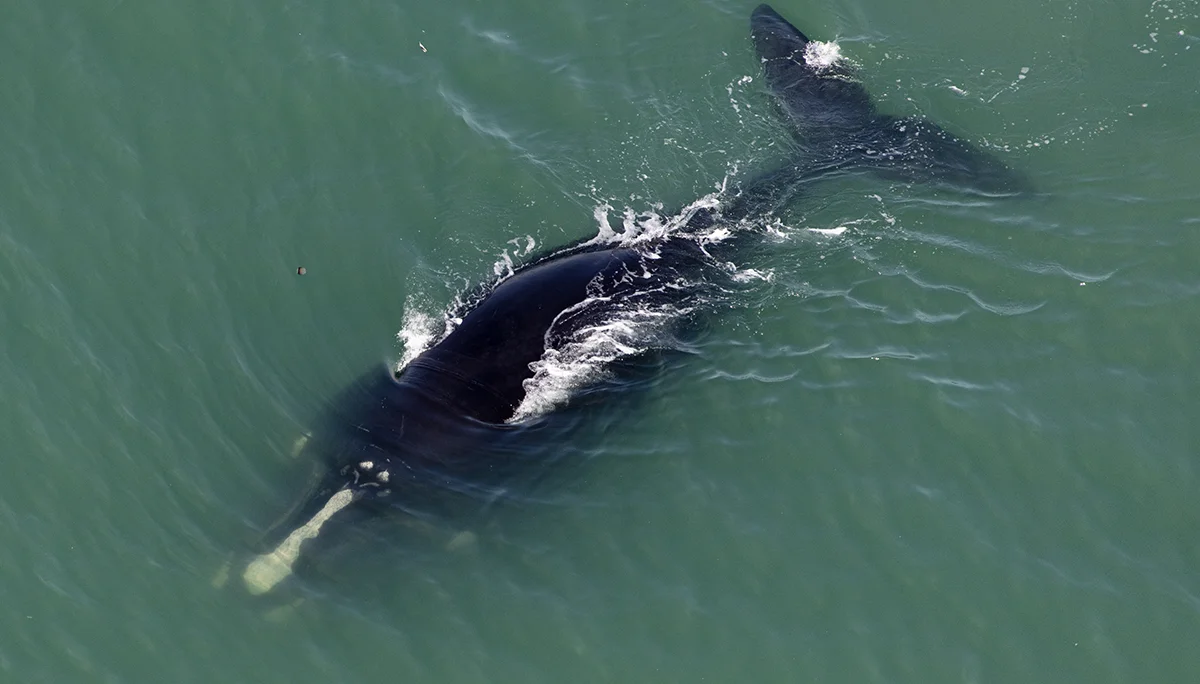What Is a Submission?
A submission is a written document filed by the public with the Secretariat asserting that Canada, Mexico or the United States is failing to effectively enforce its environmental law.
A submission is the first step in the Submissions on Enforcement Matters (SEM) process and can lead to the production of a Factual Record. A Factual Record is a type of investigative report that includes technical, scientific, and legal information as well as interviews with government officials and analysis from independent experts. It documents the environmental, legal, and/or public health aspects of the situation.
For more information, watch this short film about one community’s success using the SEM process.
Recently Updated
North Atlantic right whale
Submission ID: SEM-21-003
Search
Submission Year
Country
Submission Status
Factual Record
Registry of Submissions
Sonora Railway Project
Submission ID: SEM-24-003
October 2, 2024
The Submitters assert that Mexico is failing to effectively enforce its environmental laws to assess the environmental impacts of a railway project linking the municipalities of Ímuris, Santa Cruz, and...
Cadereyta Refinery
Submission ID: SEM-24-002
February 5, 2024
The Submitter asserts that Mexico is failing to effectively enforce its environmental laws to regulate air emissions from the Ing. Héctor R. Lara Sosa Pemex refinery (known as the Cadereyta...
Time Ceramics
Submission ID: SEM-24-001
February 1, 2024
The Submitter asserts that Mexico is failing to effectively enforce its environmental laws with regard to unauthorized land use change and water extraction. The Submitter asserts that Mexico is failing...
Vessel Pollution in Pacific Canada
Submission ID: SEM-23-007
November 2, 2023
The submission asserts that Canada is failing to effectively enforce its environmental laws, particularly Section 36(3) of the Fisheries Act, to prevent pollution of the marine environment by cruise ships...
Illegal Logging in Jalisco
Submission ID: SEM-23-006
May 17, 2023
The submission asserts that Mexico is failing to effectively enforce its environmental laws, including the Sustainable Forest Development Act and the Ecological Balance and Environmental Protection Act, to prevent illegal...
Valle de Bravo-Amanalco Sub-Basin
Submission ID: SEM-23-005
May 15, 2023
The Submitters assert that Mexico is failing to effectively enforce its environmental laws including constitutional law, the National Waters Act, the Ecological Balance Act and Environmental Protection Act to protect...
Submission Success Stories
Sumidero Canyon II
Summary: The submitter asserted that Mexico is failing to effectively enforce its environmental law in connection with the operation of a rock quarry that is allegedly damaging Sumidero Canyon National Park in Chiapas, Mexico. The company in question began quarrying limestone in the area back in 1965.
Outcome: In May 2019 the Attorney General for Environmental Protection (Procuraduría Federal de Protección al Ambiente, Profepa) ordered closure of the facilities for limestone processing and in December 2019 the local health authority ordered closure of the facility.
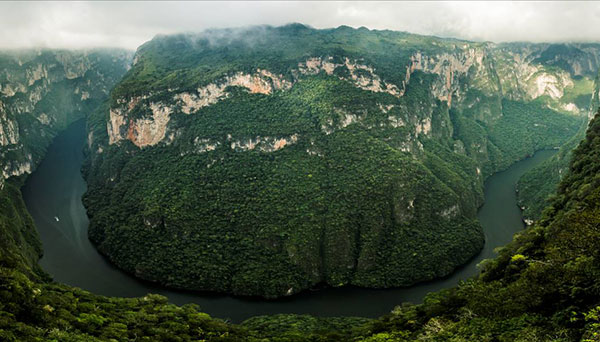
© Andres Youshimats
Submission Success Stories
Cozumel
Summary: Environmental impact assessment process of a port development in Cozumel, Mexico did not address all relevant impacts.
Outcome: This submission lead to the first factual record issued by the Secretariat under the SEM process. The process not only had a direct impact on the construction of the pier in Cozumel but also influenced the designation of the Cozumel Reef Marine Park as a protected area.

Submission Success Stories
Municipal Wastewater Drop Shafts
Summary: The submitter tried through several avenues to request information regarding enforcement of the Safe Drinking Water Act (SDWA) enforcement. Afterwards, they filed a submission which asserted that that sewer drop shafts constituted “underground injection wells” that fall under the Safe Drinking Water Act’s (SDWA) permitting scheme rather than the Clean Water Act’s (CWA) jurisdiction. Drop shafts generally transport municipal wastewater from shallow sewer lines to deeper tunnels as part of a city’s wastewater collection system prior to treatment.
Outcome: Thanks to the submissions process, the Submitter obtained not only a thorough review by the Secretariat but also a detailed and comprehensive analysis from the EPA on why the CWA, and not the SDWA, regulates this infrastructure system.
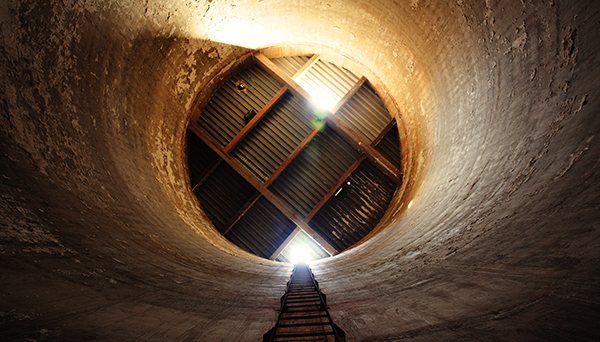
Submission Success Stories
Metales y Derivados
Summary: The submitters alleged that the owner abandoned the facility upon its closure and returned to the United States, leaving behind an estimated 6,000 metric tons of lead slag, waste piles of by-products, sulfuric acid, and heavy metals.
Outcome: A number of years after the publication of the Factual Record, the Submitter and local NGOs in Mexico and US, the Ministry of the Environment and Natural Resources (Secretaría de Medio Ambiente y Recursos Naturales, Semarnat), and the US Environmental Protection Agency joined efforts to finally clean up the site. These efforts, which the SEM process helped to bring together, concluded with the remediation of the site in 2009.
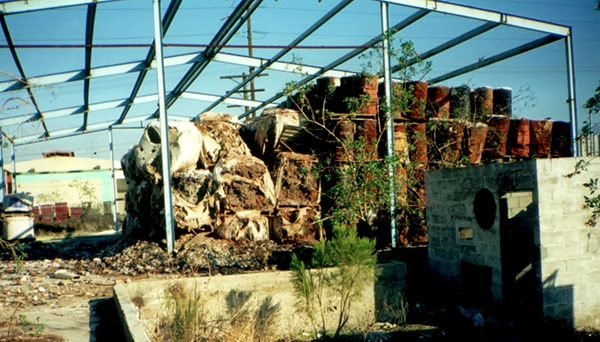
Submission Success Stories
BC Hydro
Summary: The Submitters alleged that the Canadian Government failed to ensure the protection of fish and fish habitat in British Columbia’s rivers from ongoing and repeated environmental damage caused by hydro-electric dams.
Outcome: The publication of the factual record resulted in improved public participation procedures in the environmental assessment process. This allowed for more comprehensive planning of water use and fish conservation efforts at BC Hydro facilities. This further increased our understanding of the interaction between hydroelectric operations and fish conservation.

Submission Success Stories
BC Mining
Summary: The submission addressed Canada’s alleged failure to protect fish and fish habitat from the impacts of the mining industry in British Columbia. Among other issues, the Factual Record addressed operations at the Britannia Mine.
Outcome: Through increased public participation and transparency facilitated by the SEM process, a new water treatment plant was developed at the mine. Since then, the cleanup of the Britannia Mine area has proceeded to the point where it is almost 100 per cent free of toxic runoff. Salmon have returned to the lower parts of the creek and resident fish are starting to recolonize the upper part of the creek. Shellfish are once again recolonizing what was once a barren seabed due to the acidic runoff.

Compliance Tracker
This tool has been established to provide the public with a resource to track compliance with the SEM process deadlines established under the North American Agreement on Environmental Cooperation, the Guidelines for Submissions on Enforcement Matters and Articles 24.27 and 24.28 of the Environment Chapter of the free trade agreement between Canada, Mexico and the United States (CUSMA, T-MEC, USMCA).
Contact SEM
If you have questions about the submission process, contact the SEM unit:
Paolo Solano Tovar
Director, Legal Affairs and SEM Unit
(514) 350-4321
